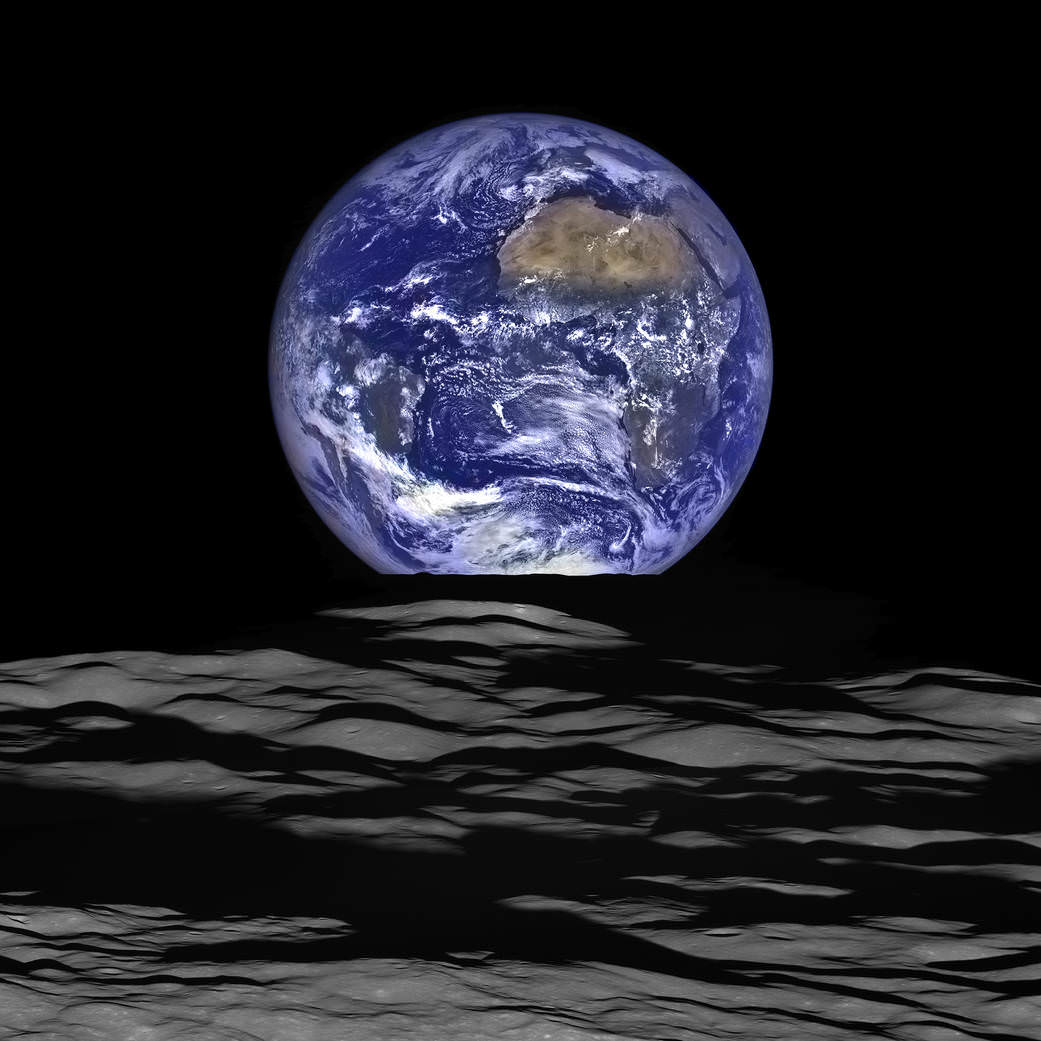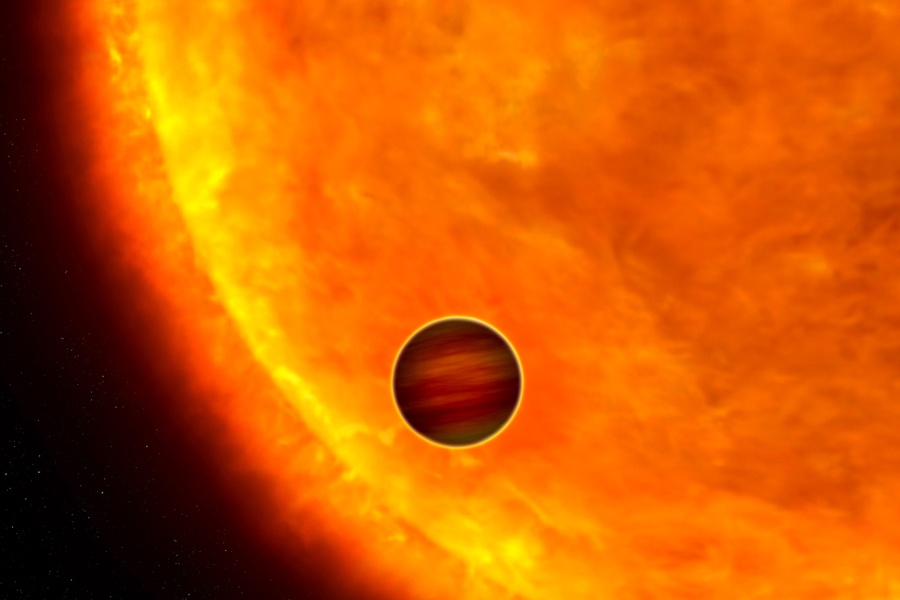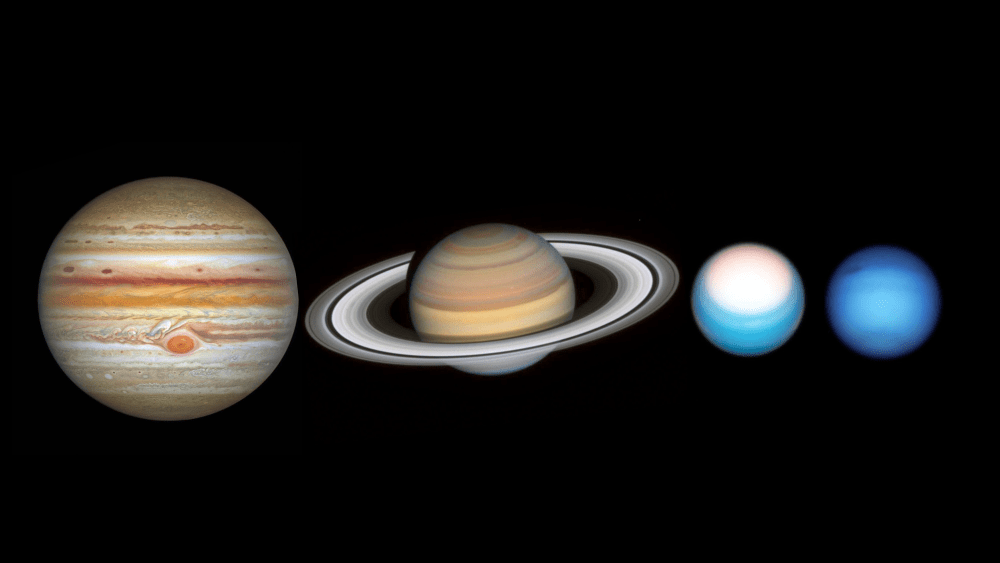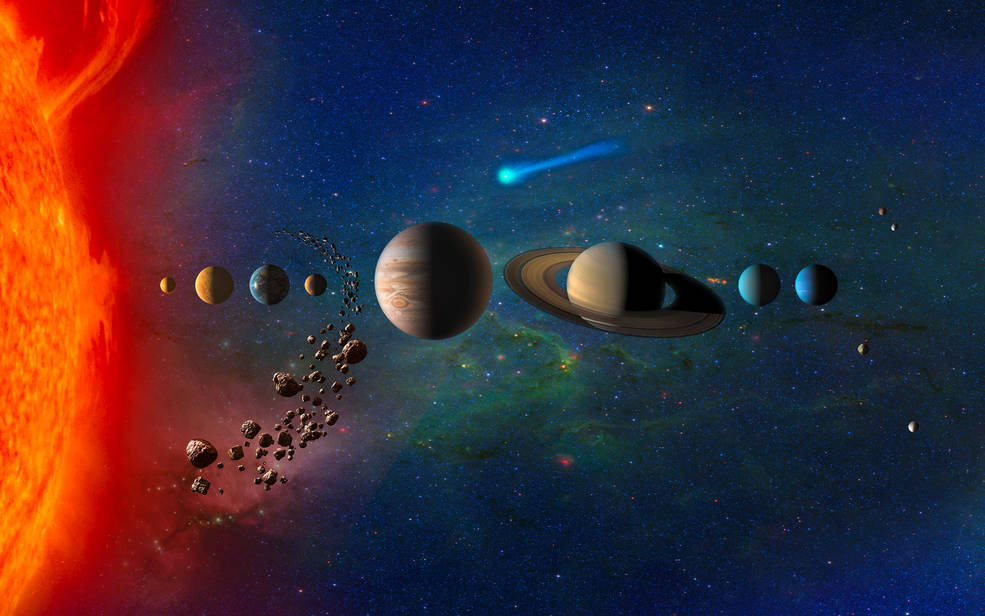A recent study presented at the National Astronomy Meeting 2023 (NAM2023) examines a newly discovered planetary formation theory that challenges previous notions on how planets are formed in the disks of gas and dust surrounding young stars, also known as protoplanetary disks. Along with being presented at NAM2023, the study has also been submitted for peer-review to the journal Monthly Notices of the Royal Astronomical Society and holds the potential to help scientists better understand not only how planets form, but how life could form on them, as well.
Continue reading “Some Star Systems Create a Planet Sandwich”Some Star Systems Create a Planet Sandwich










